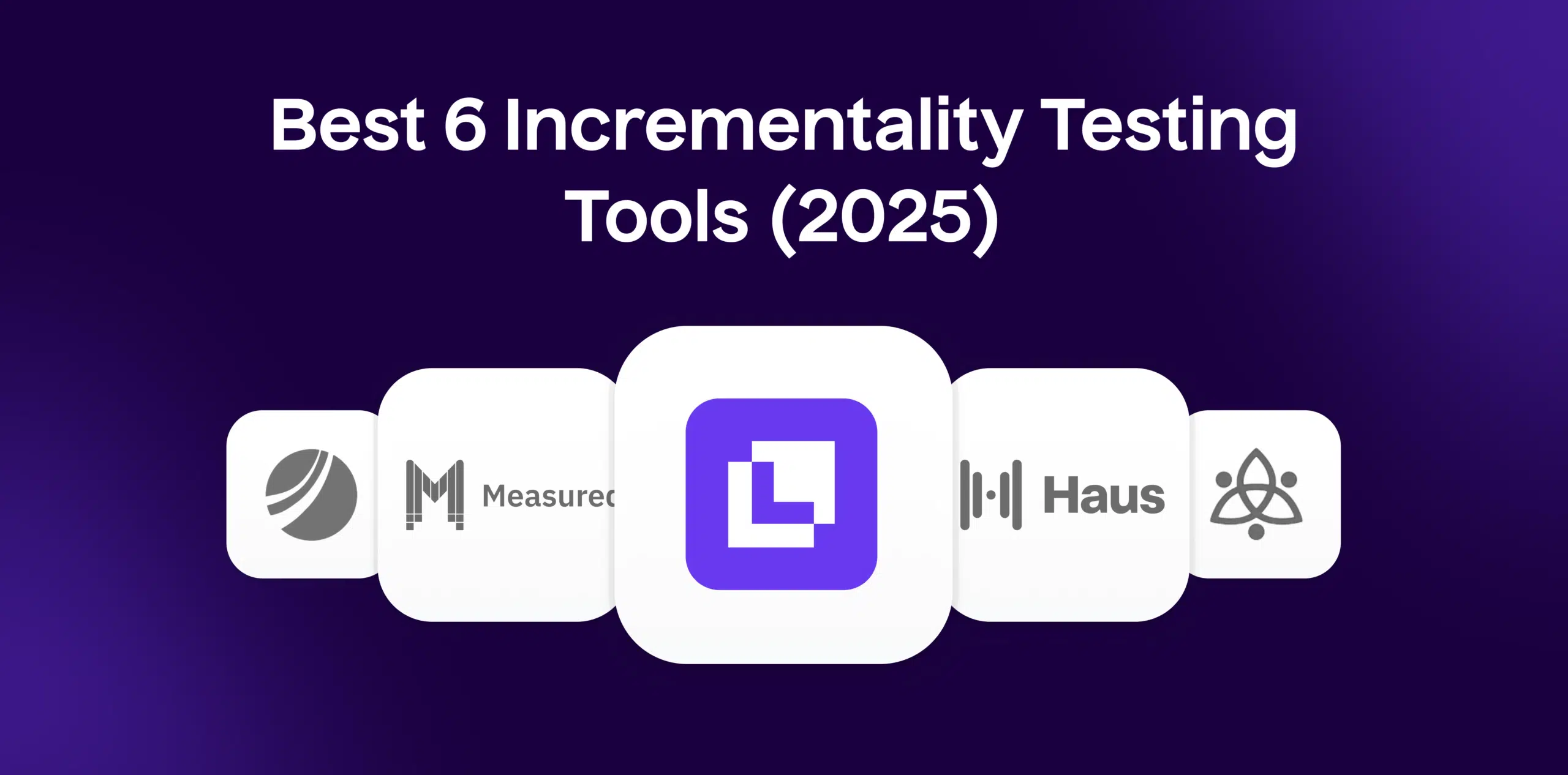What is Custom Attribution Model?
A custom attribution model, commonly used in ecommerce and digital marketing, is a set of rules or algorithms that determines how credit for sales and conversions is allocated between different touchpoints in a consumer’s conversion path. Unlike standard models like the last-click or first-click models, which credit the final or initial interaction respectively, the custom attribution model provides the flexibility to assign different levels of credit to different touchpoints based on the unique goals and strategies of a retailer.
Formula
The formula to calculate CPI is straightforward. The total cost of an ad campaign is divided by the number of app installations generated from that campaign. CPI = Total Ad Spend / Total Measured Installs
Example
For instance, an online clothing retailer might assign the following weights to their channels: 20% to the initial touchpoint that drove the customer to their site, 40% to the touchpoint where the customer viewed a significant product video, and another 40% at the final touchpoint right before conversion.
Why is Custom Attribution Model important?
Custom Attribution Models is important as they allow businesses to understand the customer journey better, identify high-performing marketing channels, optimize their marketing spend, and improve their return on investment. They offer a more precise insight into the effectiveness of different marketing channels and campaigns, unlike standard models which can excessively credit some whilst overlooking others.
Which factors impact Custom Attribution Model?
To improve a custom attribution model, firms can use advanced technologies and tools to track customer journeys across multiple platforms and devices accurately. Frequent monitoring and tweaking of the model based on ongoing campaign performance is also crucial. Additionally, including offline conversions into consideration can lead to a well-rounded model.
How can Custom Attribution Model be improved?
Several factors impact the effectiveness of a custom attribution model. These include the complexity of the conversion path, the number of touchpoints, the variety of marketing channels used, customer behaviour, market trends, business goals, technological tools, and the model’s alignment with the overall marketing strategy.
What is Custom Attribution Model’s relationship with other metrics?
Custom attribution models have a considerable influence on many other ecommerce metrics. For instance, they directly impact the calculation of ROI on different marketing channels; thereby affecting marketing budget allocation. They also influence customer lifetime value metrics by identifying marketing strategies that enhance repeat purchases.
Free essential resources for success
Discover more from Lifesight
























































